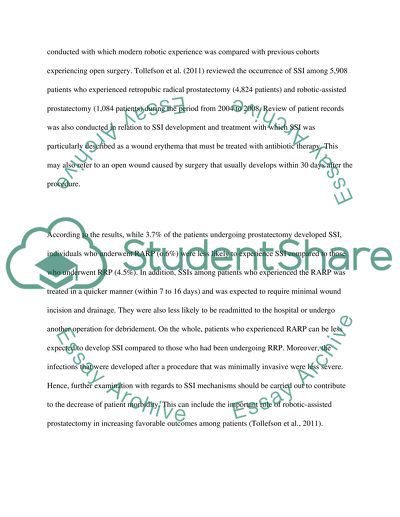Cite this document
(“Robotic-Assisted Urologic Procedures Research Paper”, n.d.)
Retrieved from https://studentshare.org/health-sciences-medicine/1431191-robotic-assisted-urologic-procedures
Retrieved from https://studentshare.org/health-sciences-medicine/1431191-robotic-assisted-urologic-procedures
(Robotic-Assisted Urologic Procedures Research Paper)
https://studentshare.org/health-sciences-medicine/1431191-robotic-assisted-urologic-procedures.
https://studentshare.org/health-sciences-medicine/1431191-robotic-assisted-urologic-procedures.
“Robotic-Assisted Urologic Procedures Research Paper”, n.d. https://studentshare.org/health-sciences-medicine/1431191-robotic-assisted-urologic-procedures.


